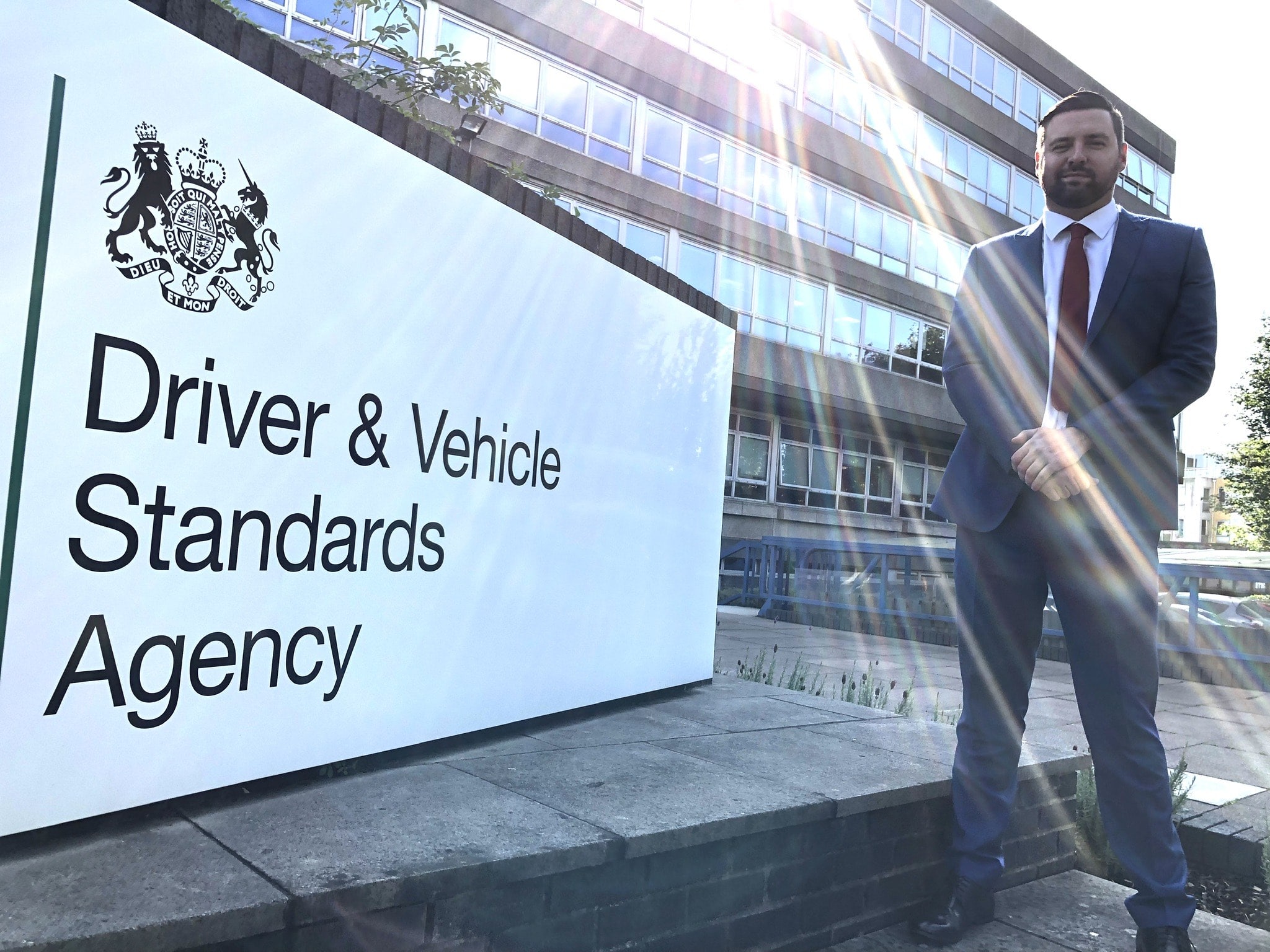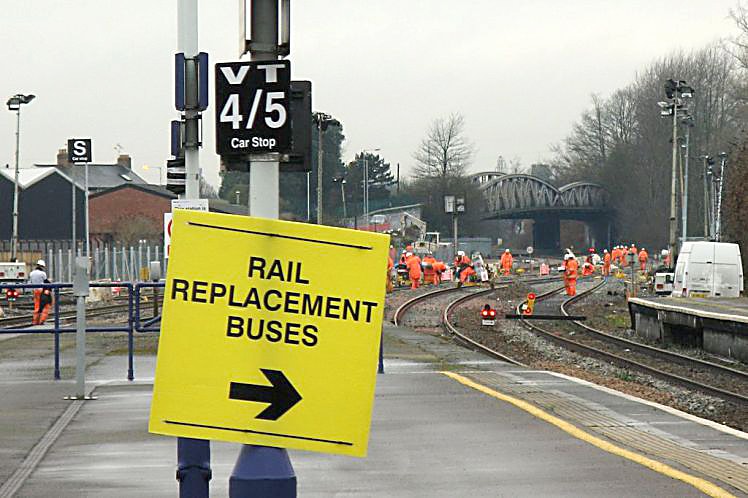With DVSA encouraging operators to get Earned Recognition status, Croner-i looks at the scheme and how operators can most effectively become compliant
The Driver and Vehicle Standards Agency (DVSA) Earned Recognition (ER) scheme is intended for operators “who can show that they have robust systems and processes that promote effective and proactive transport management” and it should also allow operators to obtain the best business value from the enforcement regime.
As road safety should be the top priority of all vehicle operators, this scheme presents an ideal way to demonstrate compliance while also reducing the burden to keep and maintain physical records.
Understanding the Earned Recognition scheme
The key benefits to an operator of achieving Earned Recognition status are:
- Being able to prove you are an exemplary operator, particularly when bidding for contracts
- Being less likely to have vehicles inspected at the roadside
- Being less likely to have DVSA enforcement staff visit your premises
- Providing a platform for future DVSA initiatives.
The ER scheme works through the operator providing data on a set of Key Performance Indicators (KPIs) to DVSA every four weeks. This is an automatic process, with the data being provided directly from the operator’s software systems.
At first reading, these KPIs can be daunting but when they are broken down, an operator with good management systems should be able to control their operation and, by identifying areas for improvement and taking action, can easily achieve Earned Recognition status.
KPIs for Maintenance
If choosing to engage with the scheme, it is recommended to use one of the many vehicle maintenance software packages available on the market. Most include an electronic walk-round check app for drivers to complete their daily checks and report defects electronically.
Use of this app is not essential, provided you can show DVSA that you are working towards an electronic system, have a robust manual defect system and can effectively upload defects as they are reported, but an accredited software package will save time and can report on all five measures set out in the following table.
In reading this table, targets of 100% may look unachievable, but breaking this down gives a better perspective of how it can be accomplished. There are also grades of alerts, which allow a small element of flexibility against the targets.
| Code | Maintenance requirements | KPI | Notes |
| M1 | Complete set of safety inspection records | 100% | Held electronically, so you cannot lose them. |
| M2 | Safety Inspection records are completed correctly including all relevant sections and signed off as being roadworthy | 100% | The software package will prompt you where records are not correctly completed. |
| M3 | Safety inspections are within the stated frequency | 100% | The software packages ensure you schedule the frequency of Safety inspections against those stated on your O-Licence. The system will have a six-monthly view (as required by the Guide to Maintaining Roadworthiness). Vehicles Off Road (VORs) must be recorded in the system. |
| M4 | Driver defect reports where road safety related items have been reported are appropriately actioned | 100% | A robust defect reporting system will ensure that all defects are reported and actioned, either by a repair or the vehicle being replaced and repaired later, so this KPI is very achievable. |
| M5 | Vehicle MoT initial pass rate | 95% | With the national average being 89%, you simply have to be better than average. For smaller fleets of less than 20 vehicles, this can be reduced to one failure annually. |
The maintenance software packages provide a good structure and base for a robust maintenance regime and allow the operator to monitor and manage their own compliance before DVSA becomes involved.
KPIs for driving activities
Most companies will use a tachograph analysis bureau and receive reports on driver infringements and other errors that occur while using tachographs. It is essential that the analysis software is capable of providing ER reports.
There are nine KPIs for driving activities and, like those for maintenance, they might seem daunting at first but are not once you start to measure them.
| Code | Maintenance Requirements | KPI | Notes |
| D1 | Fixed penalty band 1 | 1.3% | These are minor infringements, that would normally attract a £50 fixed penalty if found at the side of the road. Typically, these include mode switch errors, dirty or damaged charts, failure to enter details on a tachograph record sheet. Many are simply driver error, which DVSA recognises, but expects operator action to control these. |
| D2 | Fixed penalty band 2 | 1.2% | These are more serious infringements and would normally attract a £100 fixed penalty if found at the side of the road. Typically, these are incurred around driving limits, such as exceeding 4hrs30mins driving without a break (By up to 1hr) or failure to take a daily rest period (up to one hour short). |
| D3 | Fixed penalty band 3 | 0.8% | These are particularly serious infringements and would normally attract a £200 fixed penalty if found at the side of the road. Typical of these types of offences are exceeding 4hrs 30mins driving without a break (by between one and two hours) or failure to take a daily rest period (by between one and two hours short), or failing to record other work on the tachograph when away from the vehicle. |
| D4 | Fixed penalty band 4 | 0.7% | These infringements are the most serious type and would normally attract a £300 fixed penalty if found at the side of the road. Typical of these types of offences are exceeding 4hrs 30mins driving without a break (by more two hours) or failure to take a daily rest period (by more than two hours short). |
| D5 | Overall infringements | 4% | This KPI looks at the overall number of infringements regardless of the band. This is typically triggered for multiple minor infringements, such as mode switch errors which must be controlled. |
| D6 | Working Time | 4% | While not part of driving hours regulations, drivers must also comply with EU working time regulations and failure to correctly record modes will often also incur a working time infringement. |
| D7 | Repeat offender | 0% | Part of the reporting process is to ensure that operators are managing situations where drivers are repeatedly incurring infringements. This KPI shows whether an operator is successfully managing its drivers and how it records their hours. |
| D8 | Unaccounted Mileage | 0% | All mileage on vehicles fitted with recording equipment must be accounted for. A good policy is that all vehicles fitted with digital tachographs must be driven by drivers using driver cards. Vehicles can be placed out of scope where the work undertaken is operated under Domestic regulations. Where mileage hasn’t recorded the driver, this can be accounted for in retrospect with an explanation being entered into the tachograph analysis system for each set of missing mileage. |
| D9 | Most Serious Infringements | 0% | These include any infringements that are detected that fall into the Most Serious Infringement category. Coming from an analysis of tachographs, this could include:
• Exceeding weekly and fortnightly driving time limits by 25% or more • Exceeding daily drive limits by 50% or more • Operating a vehicle without a tachograph when one is required • Creating false tachograph records • Interfering with the recording equipment • Driving a vehicle carrying passengers without holding a valid driving licence • Driving with a fraudulently obtained driver card or someone else’s card • Not having a tachograph fitted. |
Triggers and Action on failure
When the period report is submitted, DVSA will be alerted if any of the KPIs for both maintenance and drivers’ hours are not met. Where one of the KPI targets has been missed, there are three levels of alerts.
| Type of alert | Level | Trigger Point |
| Yellow | Minor | Missing a KPI by less than 1% point |
| Amber | Moderate | Missing a KPI by between 1% and 2% points |
| Grey | Major | Missing a KPI by 2% points or more |
Every operator should try and avoid alerts and DVSA will want to understand the action an operator is taking in areas of operations where alerts are triggered as follows:
- KPIs show yellow (or a mixture of yellow and amber) over three rolling periods
- KPIs show amber over two rolling periods
- KPIs showing grey in any period
- KPIs showing more than five yellow or amber alerts over a rolling 13-month period.
Protecting your data
Most maintenance systems are hosted internally, while most tachograph analysis systems are hosted externally from the operator. It is imperative that any operator takes robust steps to protect the data it holds through backups or similar measures and it should also be ensured that an external supplier used takes prudent measures in securely storing their data.
Reporting periods and correcting data errors
The KPI reporting periods are based on the ISO week date system, with the KPIs automatically submitted to DVSA on the first Monday of the next but one period, giving an operator four weeks to correct any faults within the data.
For example, where a driver has accidentally left their card in the tachograph overnight set on “other work”, this triggers a band 4 penalty (exceeding daily rest period by more than two hours) and working time infringements. A manual entry for the rest period can be made into the analysis system, which will change the infringement to a lesser band 1 penalty because the mode switch has been incorrectly selected. This is helpful as you are allowed more infringements in band 1 than in band 4.
Assessing the Earned Recognition scheme
The DVSA Earned Recognition scheme has not yet received universal acceptance but is clearly here to stay. For a competent and compliant operator, once set up, the systems are easy to run and there is much to be gained from embracing this scheme and seeking ER status.
The scheme allows operators to monitor and manage their own compliance, rather than endure the potential trauma of this being done externally at the roadside or through visits to premises. The scheme also provides tendering authorities and other bodies, with a government approved accreditation scheme that can mark operators holding ER status above those who are not within the scheme and even possibly excluding those who have not joined.
Full details of how to join the scheme and the acceptance and auditing processes can be found in the DVSA scheme guide.
In-depth guidance on regulation and the Earned Recognition scheme is available as part of a subscription to Transport-inform, which is available at a discount to routeone members.



























